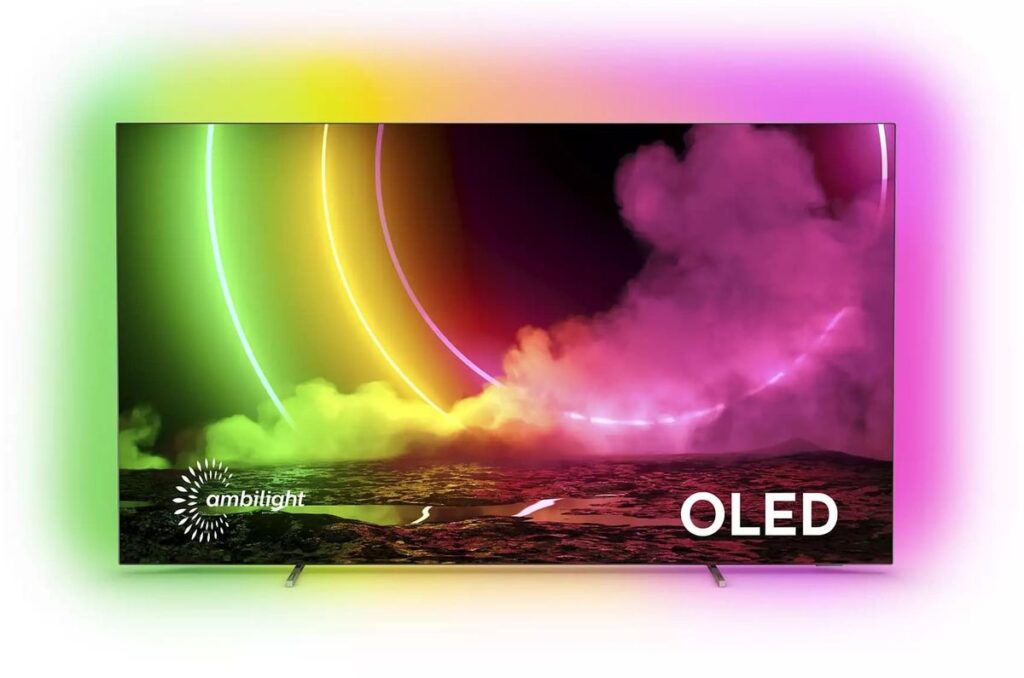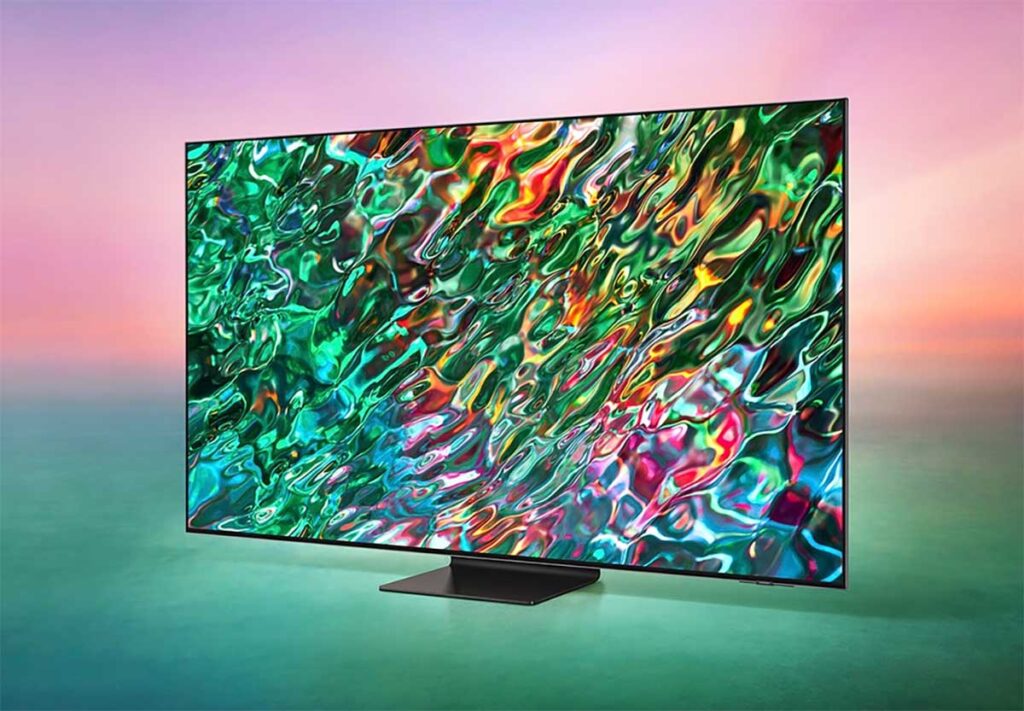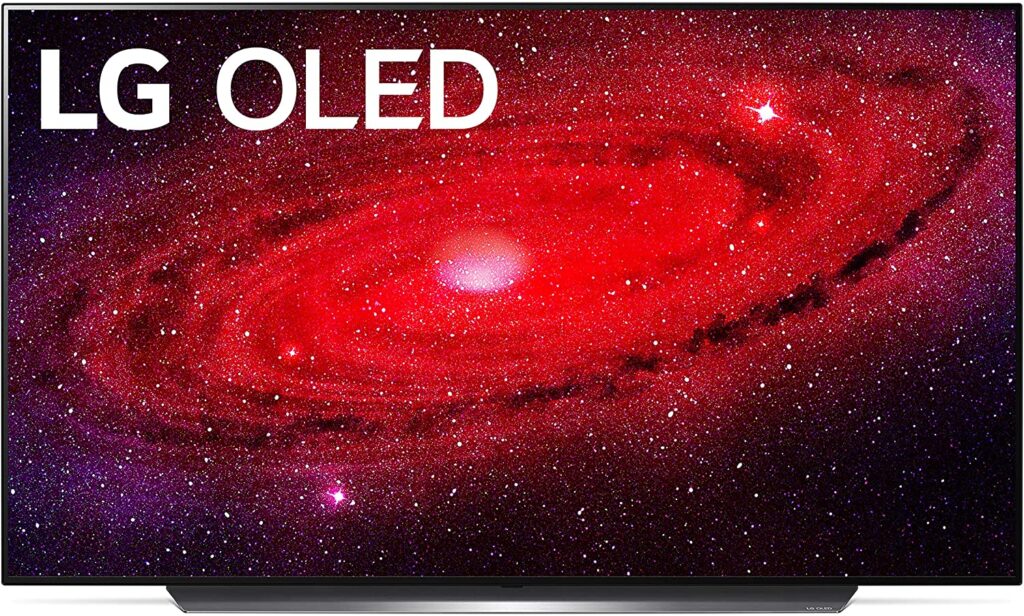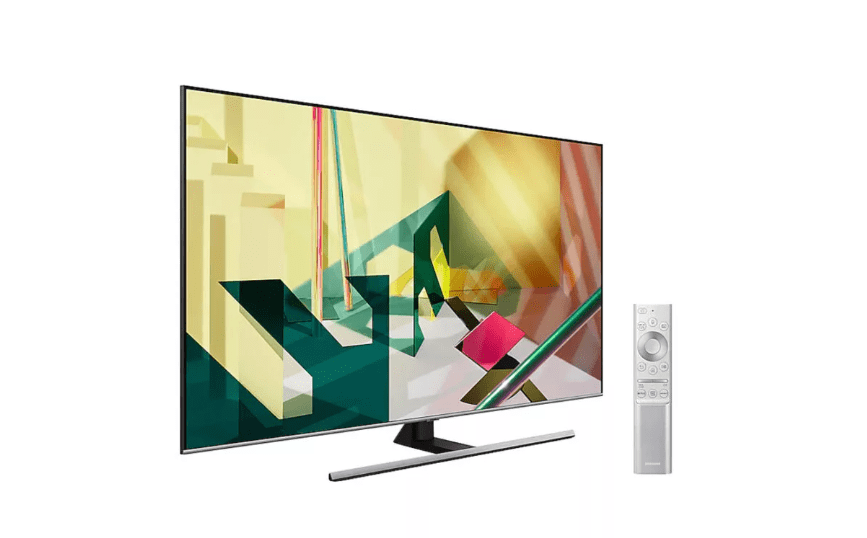OLED and QLED are the dominant screen technologies in the smart TV market. While both standards typically deliver high-quality images, they have some important differences. While OLED is the benchmark for lush images, QLED panels achieve much higher brightness. On the downside, while OLED has a higher risk of burn-in and suffers more wear and tear, QLED screens vary greatly in quality and can disappoint in viewing angle. So before deciding which one to buy, it is worth knowing the specifics of each technology.
Below, we compare these two types of screens, which are quite common in the market – especially the QLED, used by Samsung, TCL, and LG. Learn about the qualities, limitations, and indications associated with each of the two technologies.
QLED vs OLED

QLED and OLED are two screen technologies used in TVs that dominate the market. The OLED standard holds the promise of a picture with high levels of contrast, color, and image quality. Meanwhile, QLED stands out because it can generate much brighter images, has a longer life span, and appears in products at a lower cost.
What complicates comparisons is that, in a way, everything that is an advantage in one technology is a disadvantage in the other. The durability of QLED, for example, is one of the big problems of OLED – subject to burn-in and more pronounced wear of the components that produce the image. On the other hand, richness, in contrast, is a weak point of QLED, which, using the same technology as regular LED screens, generates images with less intense and natural black tones. This greatly diminishes the intensity of the difference between colors and intensities in comparison with OLED.
Advantages of QLED over OLED

The QLED screen is, broadly speaking, a conventional LED display that uses quantum dot technology to generate more intense and vivid colors. QLED panels are easier to manufacture and therefore more common. They even appear on cheaper televisions. Samsung, for example, already has more affordable intermediate lines with the technology.
In comparison with OLED, one of the great advantages of QLED is that these screens can reach much higher levels of brightness intensity. In general, it is the best choice for televisions that will be installed in brightly lit environments, since the higher brightness ends up compensating for the room’s natural light.
Also, even if you have a particularly bright OLED, it is not a good idea to leave the OLED TV on maximum brightness all the time. The practice accentuates wear and tear on the diodes that emit light and form images, and can make it easier for the panel to retain static images – the famous burn-in. It can also lead to wear and loss of pixel quality.
Over time, OLEDs will lose color and brightness. This problem will be diluted over thousands of hours of use, but it is important to remember that QLED is much less prone to burn-in and suffers wear and tear on a much longer scale than OLED.
One cautionary factor about QLED is that there is a great deal of variation in the quality of this type of screen: because they are easier to manufacture, the displays may appear in more affordable devices, scenarios in which their overall quality may leave something to be desired. One tip for finding screens that can come close to OLED in image quality is to look out for products that offer dimming technologies, such as mini LED.
OLED advantages over QLED

OLEDs are screens that do not use LEDs to illuminate the array of pixels where the images are created. In these screens, you can imagine each of the pixels that make up the image – there are more than 8 million of them in 4K – as tiny light bulbs, each responsible for regulating its level of brightness and color. As advantages, OLED screens have higher contrast levels, more uniform quality across different models and brands, and wider viewing angles.
This nature of the technology allows OLEDs to achieve much higher color quality and accuracy in black tones. As the pixels that need to emit black are turned off, the difference between light and dark tones in the image becomes more intense and natural. This provides a quality that will impress even those who are not so keen on the subject.
It is true that OLED poses major manufacturing challenges and that this limits its offering in simpler devices. But on the other hand, this ensures that the technology has a more uniform standard of quality across different brands and models. It is difficult to find, for example, an OLED TV with a lower-quality screen.
In addition, because it is more restricted to premium devices, OLED always comes with the latest in imaging and multimedia technology. QLED devices may lack the advanced features of HDMI, for example, and offer slower screens in the 60 Hz range.
In addition to these factors, OLED guarantees wider viewing angles. Even someone sitting on the couch with a side view of the screen will have a good view of the content, without distortions and losses. While it is true that QLED is better for bright spaces, OLED is a better choice for the living room.
Conclusion

The differences between QLED and OLED are well defined and, in many cases, help to clarify things better when deciding on a purchase. Looking for something cheaper and longer-lasting? QLEDs are your best choice. If you are looking for the best possible picture quality, always in packages full of technology, you won’t be disappointed with OLED.
About the typical disadvantages of each of the screens, the problems can be circumvented. Burn-in and heavy wear and tear are yes problems with OLED, but recent techniques in next-generation panels tend to decrease the risks and avoid wear and tear problems. Current OLEDs still use features that make the wear between screen pixels more homogeneous to decrease the chance of burn-in.
On the QLED side, the typical criticism that is made about the OLED’s lack of absolute contrast is also valid. But outside of the coldness of the datasheets, you would have to be extremely picky to ascribe fault to the image quality of a good QLED screen. Current panels, with mini LEDs, regain ground on the contrast issue, contributing to very intense colors.
In summary, it is more interesting to choose your new TV set by practical differences, such as viewing angle favoring OLED, or brightness intensity for QLED. Depending on your budget, going for something with 120 Hz at least is essential, as is the profusion of interfaces, and support for HDMI 2.1 and its technologies.
This post may contain affiliate links, which means that I may receive a commission if you make a purchase using these links. As an Amazon Associate, I earn from qualifying purchases.

